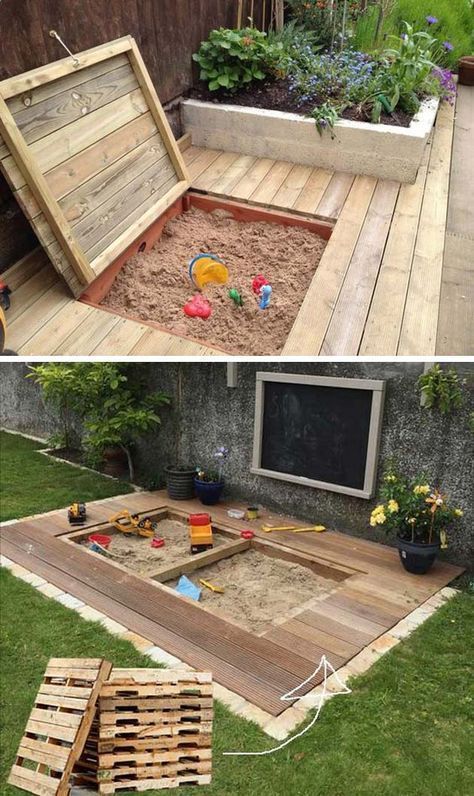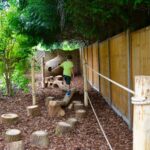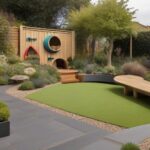Gardening is a great way to introduce kids to the natural world and teach them about responsibility and patience. Not only does it provide a hands-on learning experience, but it also fosters a love and appreciation for nature. When it comes to designing a garden for kids, there are a few key factors to consider to ensure that it is both fun and educational.
First and foremost, it is important to create a space that is child-friendly and safe. This means eliminating any potential hazards such as sharp tools, toxic plants, or tripping hazards. Consider installing raised beds or containers to make gardening more accessible for little ones and to prevent damage to plants.
To make gardening more engaging for kids, consider incorporating interactive elements such as a sensory garden. Planting a variety of herbs, flowers, and vegetables with different textures, scents, and colors can stimulate their senses and encourage exploration. Adding a water feature like a small fountain or birdbath can attract wildlife and provide a calming element to the garden.
Another important aspect of designing a garden for kids is to involve them in the planning and planting process. Encourage them to choose plants that interest them and help them understand the care requirements for each species. This not only empowers children to take ownership of their garden but also teaches them valuable gardening skills that they can carry with them throughout their lives.
Incorporating fun and educational activities into the garden design can make gardening more enjoyable for kids. Consider adding a designated play area with a sandbox or swing set, or creating a mini greenhouse where kids can experiment with seeds and plants. Additionally, setting up a scavenger hunt or creating a wildlife observation station can help kids learn about the natural world and develop a deeper appreciation for the environment.
Lastly, don’t forget to include spaces for relaxation and reflection in the garden design. Adding a seating area or a cozy corner with cushions and blankets can provide a quiet space for kids to read, sketch, or simply enjoy the beauty of their garden. By creating a peaceful retreat within the garden, kids can learn to appreciate the importance of connecting with nature and taking time to relax and unwind.













